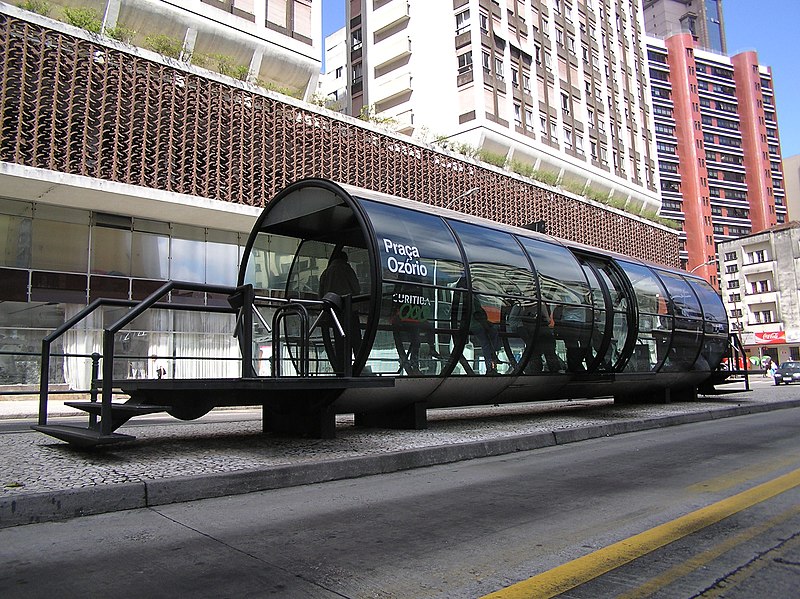I don't really see a need to go nuts building any bus infrastructure in the 416 (other than some small particular cases). This kind of thing is better suited for Durham Region, Brampton, etc, but even then, on what scale would it be implemented?
That all depends on how you want the services to function. If the purpose is transportation within municipal boundries than the requirements are going to be a lot different than if you want it to function primarily for moving commuters in and out of downtown Toronto.
Implementing service VIVA type service in Durham, Brampton et al would in itself not be overly expensive. Its when you tie it into GO, TTC and other regional and commuting services that costs skyrocket since they could easily lead to large numbers of new riders on allready stretched services. And once you start looking at options to expand GO and TTC services that is when the projects assume a scale that starts putting price tags into the billions of dollars.
Edit: In addition you have to look at the differences that exist between each municipality and city in the 905. Take Oshawa. It is located at the fringe the GTA but has some of the best regional service in the area. It has frequent GO service as well as VIA service. For Oshawa getting people from their homes to downtown means running most buses to the GO station and timing bus schedules so that waits are minimal. Whitby and Pickering would be the same more or less.
Or there is Mississauga. It has GO service at several stations, but the two lines dont have the same frequencies so essentially Port Credit would be the only logical choice for centering bus service around. But, you also have a subway line within proximity. So in this case Mississauga could chose to operate buses and LRT's within its own boundries and feed these two points, or it may be more advantagous for them to get the Bloor line extended right into the city.
Then you have a case such as Brampton which lacks GO service, and thus a direct commuter route downtown. For them they have to look at a completely different set of options such as running express buses downtown perhaps, or trying to put political pressure on the powers that be to get GO train service (which even then would not have great frequencies and would have limitations).
And the list could go on for quite some time. But it does illustrate the rather large and difficult task of trying to improve transit for local and regional purposes in a region such as the GTA where each municipality will have different requirements and needs a certain amount of autonomy yet also need to somehow integrate that into a regional plan.





